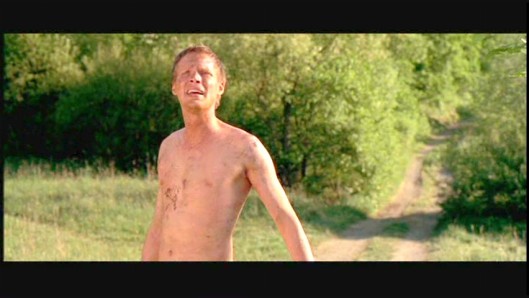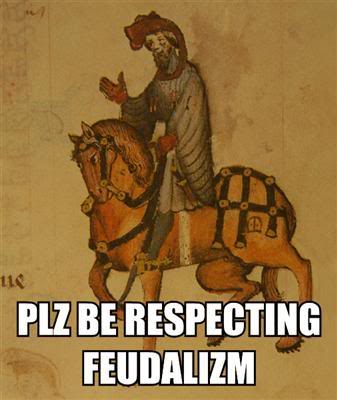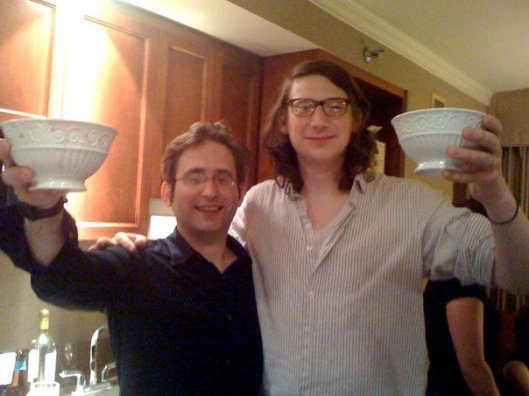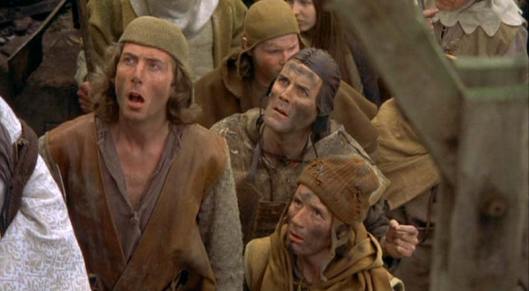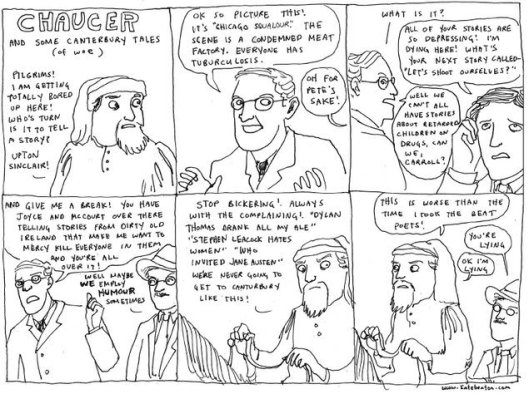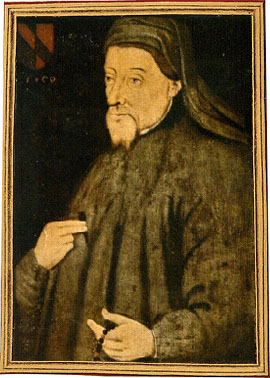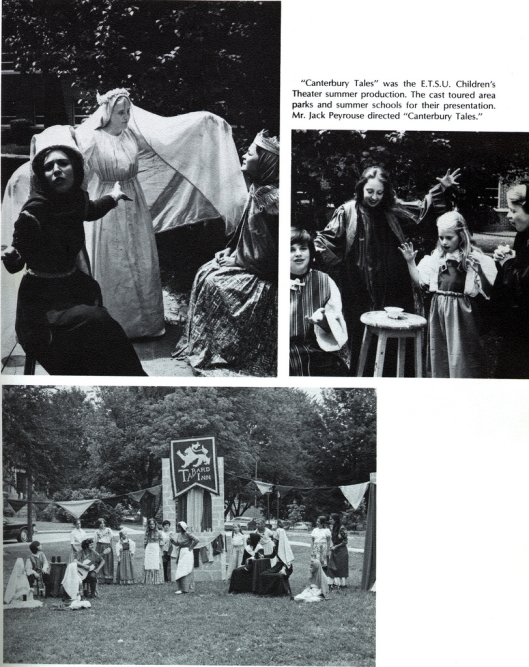 For your second short paper (approx. 8 pages for undergraduate students, and 12 pages for graduate students), you are going to tackle two tasks:
For your second short paper (approx. 8 pages for undergraduate students, and 12 pages for graduate students), you are going to tackle two tasks:
FIRST, you will choose one of Chaucer’s tales — ideally one that appeals to you or provokes you on some level — and begin looking at articles and book chapters on that tale in order to identify a critical controversy (disagreement between various scholars) relative to some notable aspect of that tale (which might be the depiction of a particular character or characters, an interpretation of the overall story’s meaning(s), and/or issues pertinent to the story having to do with chivalry/romance, ethics/morality, faith, friendship, goodness, hatred, evil, gender, identity, love, marriage, misogyny, philosophy, power/authority, religion, sexuality, sin, social relationships, work/labor, etc.). You will want to find 4-5 articles (6-8 for graduate students) that you think illustrate well a scholarly disagreement over one of Chaucer’s tales (as related to a specific character or characters, the story’s overall meaning, and/or various thematic aspects, as outlined above). The “Recommended” readings on the syllabus are a good place to start, by the way. Another excellent place to start hunting down critical controversies is in the “Explanatory Notes” in the Appendix section of your Riverside Chaucer. You will then write an overview of these articles (approx. 4 pages; 7-8 pages for graduate students) and how they are all related and on what important points they disagree, and why, being sure to paraphrase and directly quote the articles in order to make your overview as clearly detailed and precise as possible. Also: be OBJECTIVE. You are not being asked to throw your “two cents” into this fight (yet).
Go here for comprehensive bibliographies of scholarship on Chaucer and his Canterbury Tales:
Essential Chaucer Bibliographies & Other Resources
To make sure you are getting the most up-to-date bibliographic information on Chaucer scholarship, you should also also consult the MLA International Bibliography, available via Lovejoy Library’s website, under “eResources A-Z”:
These bibliographies, in most cases, will provide you with brief abstracts of articles and book chapters, and occasionally with links to the full texts of articles, but mainly they give you citations of scholarship, and to see if what you want is accessible to you via Lovejoy Library’s article databases or book collections, be sure to utilize (also under “eResources A-Z”), Academic Search Complete, JSTOR, and Project Muse. If Lovejoy Library does not have a book you want, be sure to always “repeat search in the I-Share catalog,” and request the book from another library if need be via I-Share. You can also use ILLiad for articles and books not available by any other means:
SIUE ILLiad [Interlibrary Loan]
SECOND, I want you to spend the remainder of your paper answering this question: relative to the controversy you have identified, why should anyone care (in YOUR opinion)? In other words — and again, relative to the specific tale and critical controversy you have examined via others’ scholarship — why (or why not), in your opinion, is Chaucer’s tale relevant to our lives today, and how (in your opinion) is the disagreement over the tale important (or not)? Why does any of this matter? Why should we care?
The papers are due to me ELECTRONICALLY on Thursday, December 15th by midnight, and must be written and formatted in Microsoft, and emailed to me as an attachment at: eileenajoy@gmail.com. They should be typed, double-spaced, with one-inch margins all around, and they should employ a uniform and very neat & tidy & legible & thorough citation method (whether MLA-style, Chicago Manual, APA, or any other professional citation format).

